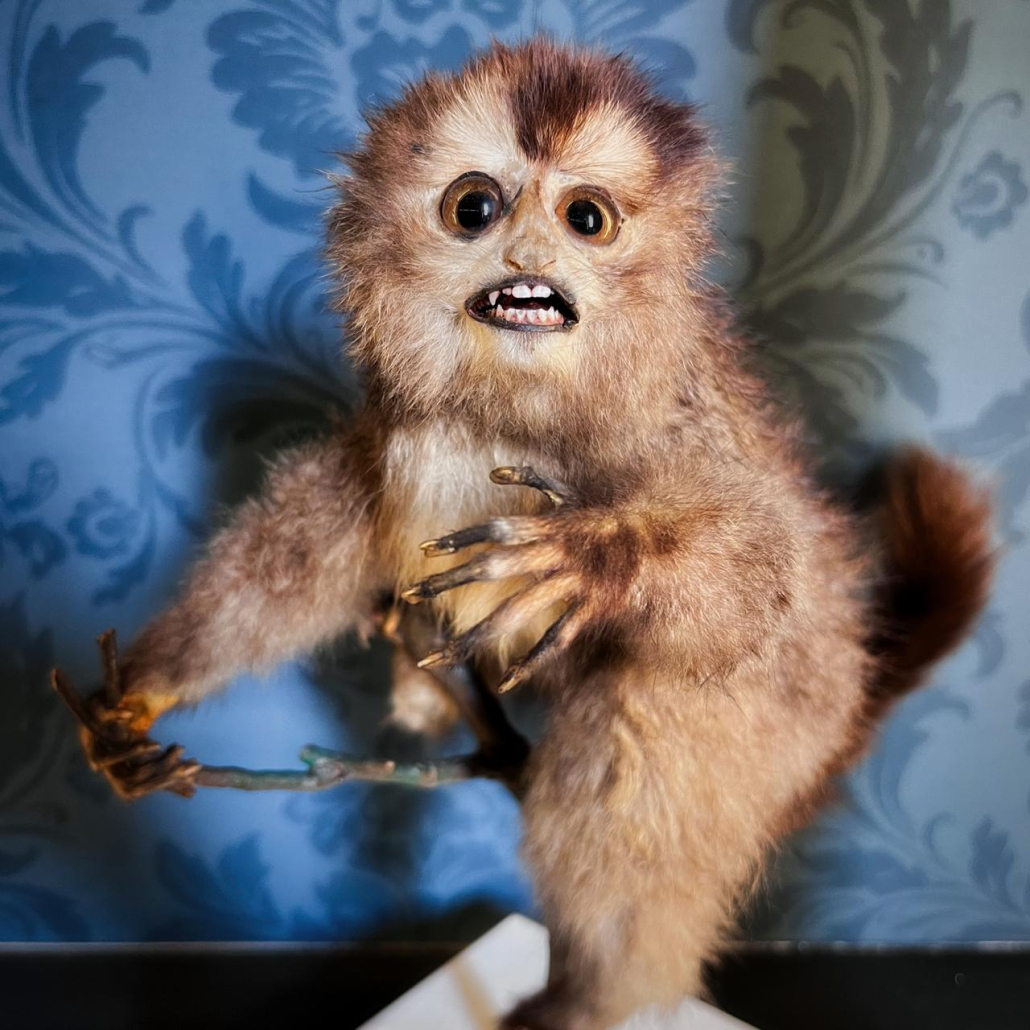4. The Luigina section
Maria Luigia’s work is well represented as visitors continue their journey.
Crossing the threshold at the exit of Maria Luigia’s blue room, visitors enter the ancient gallery of the Natural History Museum. A vast and dense display of artefacts bears witness to the countless acquisitions of artefacts and collections made by the Duchess.
In this historical period (1816-1847), the exhibition was characterised by its systematic approach, but its intent was still strongly linked to aesthetics. As a sort of transition from the Wunderkammer to the museum, the zoological specimens are arranged according to a Scala naturae scheme, with invertebrates at the beginning, followed by fish, amphibians, reptiles, mammals and finally primates.
Here, Linnaean systematics finds its place in the abundant scenographic display. Science aims to describe and inform, but the exhibition seeks to maintain its role of inspiring wonder.
The layout of the Luigi section remains unchanged throughout the exhibition, up to the point that coincides with the year 1859.



